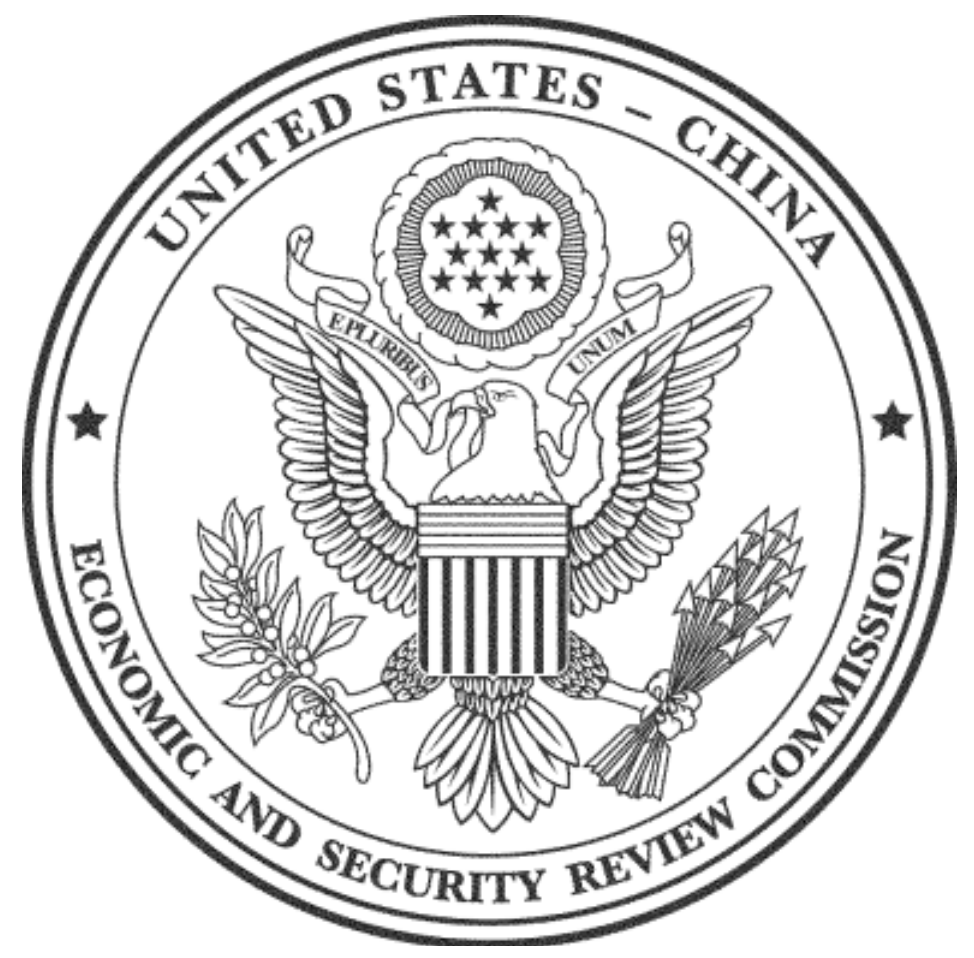Blog Post
The possible Chinese-US trade deal
The future of Sino-American relations after the incoming end of trade talks between Beijing and Washington. We review opinions in the English-speaking blogosphere on the likely content of the deal and the message this agreement sends to the world.
Trade is war – so reads the title of a book by Yash Tandon. One need not endorse such a pessimistic view to acknowledge the far-reaching strategic implications of trade relations between the US and China. The two countries are currently negotiating on a wide set of issues. Without agreement, the US threatens to raise tariffs on imports from China, initially planned for March 1st and then indefinitely postponed by President Trump in light of the “substantial progress” achieved.
The Financial Times reports that the final deal, in the absence of last-minute surprises, should touch upon the most important issues affecting the Sino-American relationship. First, the enormous bilateral Chinese trade surplus will be partially countervailed by Beijing commitment to importing a number of US products, in particular agricultural ones (such as soybeans, corn and wheat).
Second, Chinese authorities would pledge greater protection of intellectual property rights, so far one of the most acute points of contention between the two countries, given the allegedly China-led theft of US trade secrets and the well-known transfer of technology necessary for American firms to operate in the Chinese market. Third, and relatedly, China is expected to loosen regulatory requirements for foreign companies and to ease authorisations to international investments.
Fourth, the US demanded commitment from Beijing to ensure renminbi’s stability, in order to prevent competitive currency devaluations that would further worsen US trade deficit vis-a-vis China. In exchange, tariffs on Chinese exports would not be increased as planned, and the charges against Huawei and its chief financial officer Meng Wanzhou might be dropped as (an unofficial) part of the deal.
The importance of the agreement is underlined by the extent and variety of reactions, which largely differ in identifying winners and key issues of the deal. Is Trump about to fix a long-lasting asymmetry in international trade, or is the deal a Pyrrhic victory that only allows the president to claim success on a couple of campaign promises, without addressing the roots of American structural imbalances? Is the deal asymbolic triumph of the Chinese way of managing political and economic developments, or slowing growth prospects are legitimately worrying the Chinese Communist establishment, threatened by mounting discontent?
Michael Schuman on Bloomberg argues that the overall outcome is favorable to Chinese interests, while it undermines long-term US credibility. In fact, Chinese concessions are limited and in line with Beijing’s plans, such as reducing the deficit or improving the protection of intellectual property rights. In exchange, the United States counteracts its own interests in three related ways: first, by incentivising state-led solutions instead of pushing for greater space for market forces; second, by affecting the reputation of its judicial system, whose decisions should not be informed by political and economic considerations; third, by jeopardising its credibility in future negotiations, which will soon be needed given the fragility of the expected agreement.
The contrast between Trump’s short-term political gain and durable geopolitical risks arising from the deal is also at the centre of Paul Krugman’s opinion piece, which warns about the consequences on the trade conflict with the EU. The latter, in contrast with China, is not able to force its resident private companies to pursue political goals. This implies that autocracies have a relative advantage when dealing with President Trump compared to countries respecting the rule of law. The outsized relevance of the president’s personality and desire for “tweetable deliveries” in the context of trade negotiations therefore has a troubling impact on US foreign policy.
Many commentators focus on the relative importance of the part of the deal devoted to currency issues. Colby Smith, on FT Alphaville, highlights the importance of deciphering what a “stable” renminbi (as demanded in the deal) actually means. Stability, indeed, could be in real or nominal terms, against the dollar or a basket of currencies, with very different implications. In fact, the Bank of China already keeps the Chinese currency within a fairly restricted band, and even more tightly since September. However, stable might also mean strong, and the deal could accordingly require China to keep the yuan below 7.0 per dollar. It is unclear though why China should willingly let the US set its exchange rate, in particular when the economy is slowing and appropriate monetary policy would probably weaken the value of its currency.
According to Brad Setser a commitment to a stronger renminbi is an essential part of any deal aimed at reducing US trade deficit with China. Further depreciation cannot be an option on the table of Chinese authorities for the agreement to be credible, as a weaker yuan would further reinforce the existing dynamic which makes US imports from China relatively cheaper and US exports to China relatively pricier.
Mark Sobel endorses a similar viewpoint – a chapter on currency stability is a key part of a trade deal. However, such a chapter must solve several critical issues. First, a deal can be advisory or binding. The US administration, also in light of the record of past non-binding commitments from the Chinese authorities, should require more than agreement on mere guidelines. Accordingly, China and the US have to agree on ways to enforce such agreement. Second, as mentioned above, the policy translation of currency stability has to be clarified, along with the admissible range of fluctuation for the renminbi-dollar rate. There should also be specific provisions in case a depreciating renminbi were the sole result of American monetary or fiscal policy decisions.
What about the relative bargaining position of the two economic superpowers? Views on the distribution of strengths and weaknesses between America and China also differ.
According to Stephen S. Roach, the American negotiating team has underestimated China’s resilience. True, growth is slower than in the past, but (i) this is not due to American actions on trade and (ii) Beijing still has ample political and economic space at its disposal to pursue its long-term development strategy – differently from Washington.
While exports to the US fell by 3% on an annual basis in December and January, exports to the rest of the world continued to expand. Lower reserve requirements for Chinese banks will also foster credit growth and investment, which is already much higher than in the US (44 % versus 21% of GDP), despite the fact that American capital stock is older and in greater need of replacement. Furthermore, current US growth rates are mostly driven by short-term factors, such as tax cuts, whose positive effect will shortly fade away, exposing the structural weaknesses of the American economy and its trade deficit vis-a-vis more than 100 countries, beside China.
This last point is also highlighted by Martin Feldstein: the American trade deficit is not limited to transactions with China (although it represented two thirds of the total in 2017), and even if China wisely agreed to reduce its current bilateral surplus by increasing its purchases of US products, this would merely shift the distribution of an overall unchanged US trade deficit. On top of that, the critical issue between the two countries is not their trade imbalance but the forced technology transfer from American to Chinese companies, in spite of Xi Jinping’s reassurances to former US president Barack Obama in 2015. Addressing this long-lasting breach of WTO rules should represent the top priority for the American administration.
Some reports, however, convey a substantially different picture of China’s strength and stability. President Xi Jinping recently summoned hundreds of Communist officials to warn them about the risks faced by the People’s Republic of China and to demand their engagement in preventing the unfolding of social unrest. Economic concerns are not limited to the consequences of the trade war, as they include rising local debt and the pursuit of incompatible goals, such as ensuring high and stable employment while deleveraging and tackling inefficient businesses. As a consequence, security and policing have become a prominent feature of Chinese policy directives.
This fear is also due to 2019’s peculiar density in the Chinese symbolic calendar. A century ago, patriotic student protests took place on May 4th. Thirty years ago, the iconic demonstrations in Tiananmen Square started at the beginning of June, representing the biggest challenge ever to the Communist regime.
Mao Zedong is believed to have once said: “There is great chaos under heaven; the situation is excellent.” Seventy years after founding the People’s Republic of China, no doubt he would appreciate the efforts of Presidents Trump and Xi to celebrate the solemn anniversary according to his taste.
Republishing and referencing
Bruegel considers itself a public good and takes no institutional standpoint. Anyone is free to republish and/or quote this post without prior consent. Please provide a full reference, clearly stating Bruegel and the relevant author as the source, and include a prominent hyperlink to the original post.




